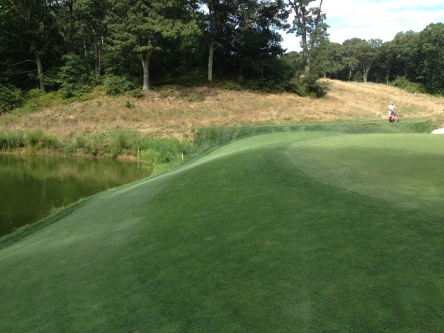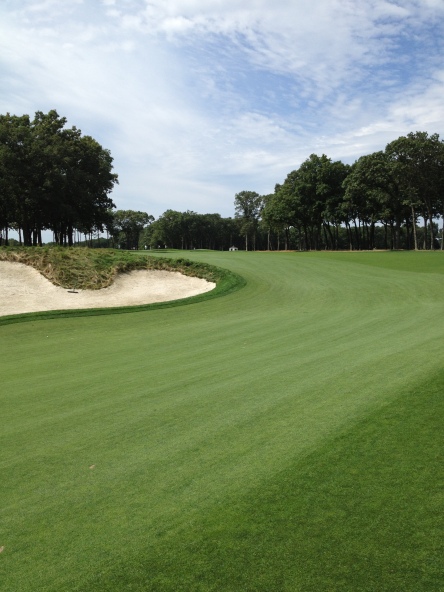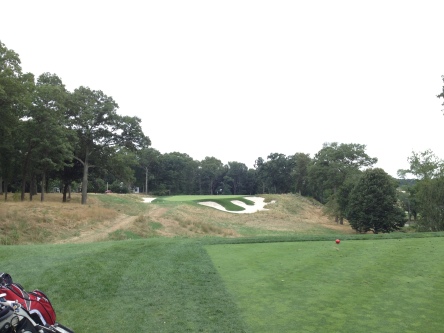
Golf is my favorite game. When people ask me what I’d do if I won the lottery, I reply, “Play golf.”
No, that’s not to say I’m particularly good at it. I’m not particularly bad, but not great either. I get around the course in a way that many would not be embarrassed by. But, that’s not the point, either. The point is I like to play. I’m just as envious of retirees in North Carolina as I am of tour pros. They get to play when they want to.
…when they want to…
A short time ago, Rory McIlroy said he didn’t get into golf to grow the game. Predictably there was some backlash. And, rightfully so. But, for now, I’m going to do something controversial. I’m going to give him a brief pass. He, like the rest of us, can play when he wants to. That’s his right. Well, that’s his privilege, anyways.
If you’ve read my previous posts, you’ll see that I have a high opinion of golf. Not only as a pastime, but as a philosophy. I think there are great lessons to learn on the course — how to treat others; how to deal with victory and defeat; what silence means. And every golfer learns through their life. I think Rory will learn that in life, as in golf, you play the course you are presented. (Coincidentally, Rory deserves a breakfast ball here.)
As a friend pointed out to me, “What if Jack Nicklaus and Arnold Palmer had taken Rory’s position?”
Jack and Arnie came up at a time when golf was running pretty ragged. The purses were small. Crowds were made up of the same people that had been there for 40 years. Then they showed up, not to grow but, to play the game. And something happened. People became engaged. The game started to change. They could have continued as they were. They didn’t, thank God, and they evolved. Suddenly, they were talking to TV cameras, signing autographs, piloting planes, getting their pictures taken with models; bring the game to the masses.
They had to. Not only was it their right, it was their privilege to do so.
Only one woman has withdrawn from the Olympic golf games. Citing concerns over the Zika virus, who could blame her? But, it’s only one.
The ladies of the LPGA are taking full advantage of the privilege to play in the Olympic Games. The climb to the LPGA Tour is steep. College, mini-tours, part-time jobs, carpooling across the country, funding pitches to would-be sponsors, couch crashing, and push-carts. Then, once you’re in the Show, you make one-seventh of a man’s salary (if you’re in the top-2 on the money list). Most LPGA players will tell you that the game must grow in order for the LPGA tour to thrive.
So, the privilege to play in the Olympics, one of the many ways to grown the game, is a no-brainer. Hell yes, sign me up!
The question is not, “Why not, Rory?”
The question is, why don’t all the men of the PGA Tour see that growing the game they love to play is a privilege?
















